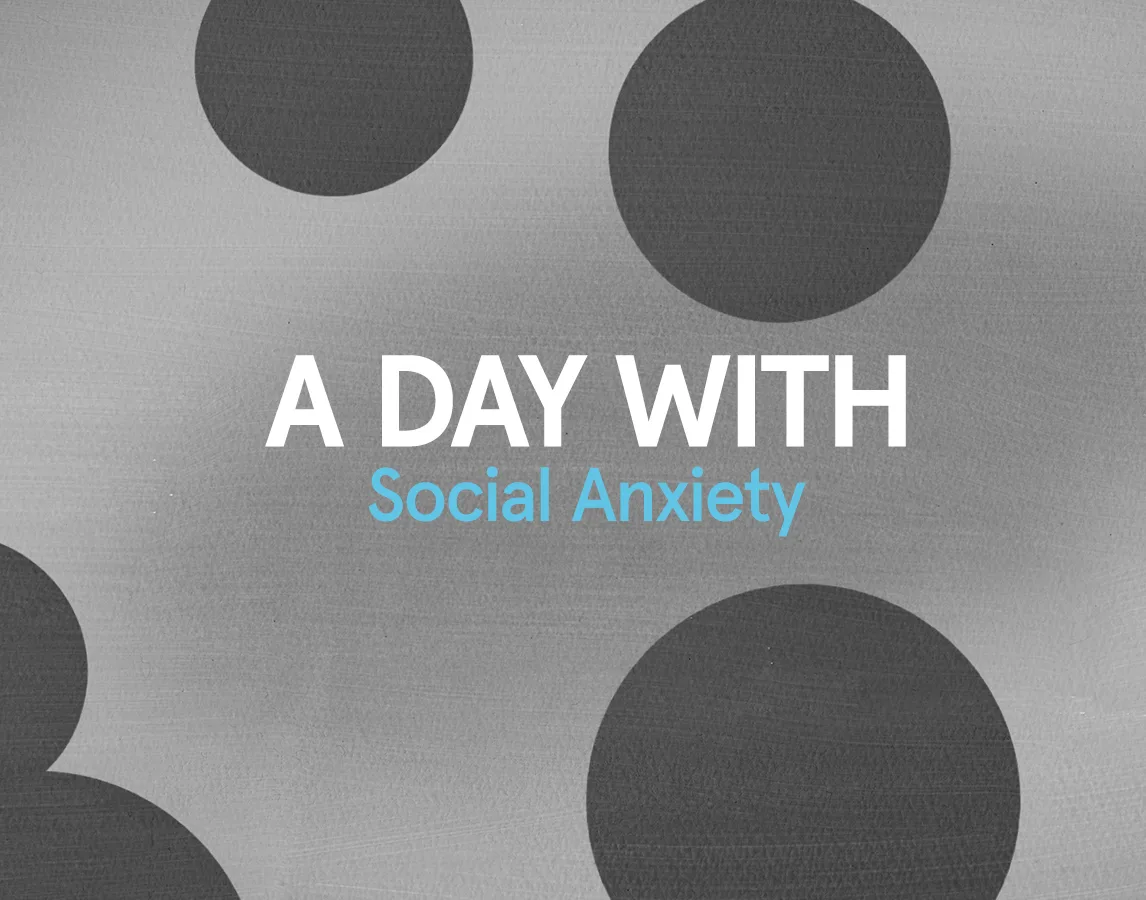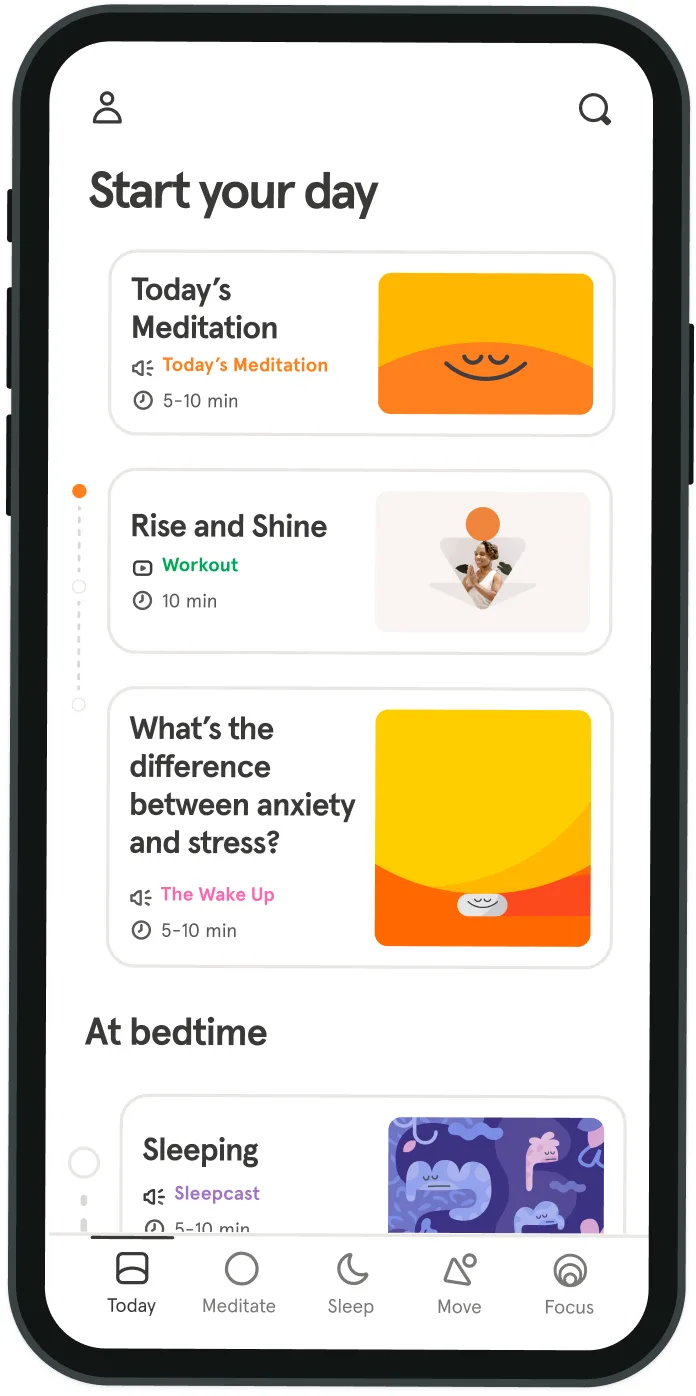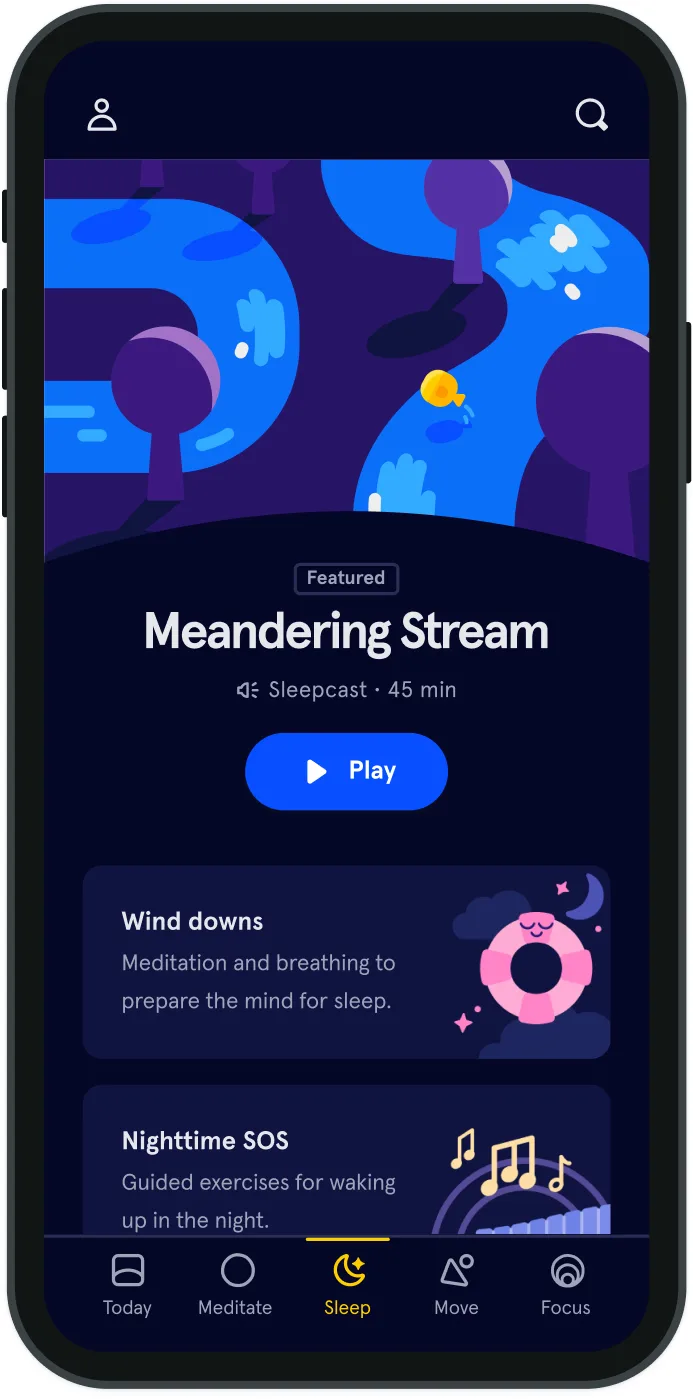A Day With: Social Anxiety
[Editor’s Note: This piece is part of an ongoing series of personal essays on what it’s like to live with a mental health diagnosis. Each piece describes a singular and unique experience. These essays are not meant to be representative of every diagnosis, but to give us a peek into one person's mind so we may be more empathetic to all.]
Social anxiety is a very specific beast, crippling a person in the one area of life that is so vital to their happiness—connecting with others. I do not feel anxious on an airplane or a roller coaster or watching a scary movie, but put me in an elevator with a stranger and I am trapped in a horror film.
On the way to Starbucks, I order my grande soy chai latte via the app. This has the benefit of not only allowing my drink to be ready when I arrive but also takes away the stress of having to tell the barista my specific order and inevitably forgetting to mention something. Before the app, my anxiety would often mean I’d be drinking a dairy latte, upsetting my stomach, just so I wouldn’t have to talk to the barista again to correct it. Working from a café becomes necessary once you’ve been freelancing for a while. At first, working from home seems like a dream come true and I tell myself if I never have another coworker again I’d be the luckiest person I know, but eventually, the isolation becomes suffocating. This way—at the very least— I’m still around people, even if I’m not interacting with them. After putting in a solid day’s work, I head to yoga class to practice the mindfulness skills that help me get into my body and out of my head. I walk home from class with my “don’t talk to me” armor on full display: headphones on, head down, wearing all black, walking as fast as I can. While many of us avoid interactions with strangers, for those with social anxiety, an unwelcome interaction can create a panicked fight-or-flight response in the body that tells us to get out of the situation as fast as possible. When it does happen, I won’t be the one making friendly jokes and small chat—I will answer quickly and start walking away immediately.
Social media is a gift to my social anxiety, allowing me to feel connected to my peers without the stress of face-to-face interactions. Before I even step out of bed, I catch up with notifications and emails. My phone is glued to me all day long, but if someone calls, I don’t answer. Phone calls are as stressful as an unexpected knock on the door. Everyone in my life knows to text if they need me. After getting through my morning routine, I head out to start my workday. Before I leave my apartment, I put my ear to the door to ensure none of my neighbors are in the hallway. If they are, I wait until I hear silence. On the way to Starbucks, I order my grande soy chai latte via the app. This has the benefit of not only allowing my drink to be ready when I arrive but also takes away the stress of having to tell the barista my specific order and inevitably forgetting to mention something. Before the app, my anxiety would often mean I’d be drinking a dairy latte, upsetting my stomach, just so I wouldn’t have to talk to the barista again to correct it. Working from a café becomes necessary once you’ve been freelancing for a while. At first, working from home seems like a dream come true and I tell myself if I never have another coworker again I’d be the luckiest person I know, but eventually, the isolation becomes suffocating. This way—at the very least— I’m still around people, even if I’m not interacting with them.
Over the years I’ve learned how to manage my anxiety, but at its peak, a typical day could look like this: I wake up around 10 a.m. A career as a freelance writer allows me to avoid stressed out bosses and colleagues, as well as maintain my body’s natural night owl sleep schedule.
After putting in a solid day’s work, I head to yoga class to practice the mindfulness skills that help me get into my body and out of my head. I walk home from class with my “don’t talk to me” armor on full display: headphones on, head down, wearing all black, walking as fast as I can. While many of us avoid interactions with strangers, for those with social anxiety, an unwelcome interaction can create a panicked fight-or-flight response in the body that tells us to get out of the situation as fast as possible. When it does happen, I won’t be the one making friendly jokes and small chat—I will answer quickly and start walking away immediately. Before heading out for the evening, I stop at the Japanese hair salon for a quick haircut. I’m a regular for a few important reasons: 1) their incredible skill handling my thick hair, 2) affordable prices in an unreasonably expensive city, and 3) language barriers that allow me to avoid the dreaded hairdresser small talk. Later that evening I arrive at the media event I’ve been invited to, but only if they’ve given me a plus one. The idea of showing up to an event like this without a friend is almost unbearable—thoughts race through my head about how I might look weird standing alone by myself, or how I might say something odd or just trip over my words—despite knowing there will be other media folks there who would no doubt be kind enough to engage in an interesting conversation.
While there, I try not to drink too much but also want to drink enough to shut off my anxiety brain so I can attempt to network. But I just obsess over the circumstance. I remember that drinking enough to quiet the anxiety can bring out the worst in me if I’m not careful. I remember that alcoholism is a problem on the anxious side of my family. I think about eating to sober up. The drinks never help the way I think they will. I spend the night talking to the friend I invited. Once I’m home for the night, I check out Tinder or Happn or the latest trending dating app that simultaneously allows people with this form of anxiety to actually date, while also confirming the things they are anxious about: your date-worthiness has everything to do with how you look and nothing to do with who you are. No one bothers to read your profile or write anything on their own. I swipe left on 95 percent of the profiles and wait for the ones I do match with to send the first message. Around 3 a.m. I get into bed and check social media one last time. I hit “like” on the new photos in my feed from acquaintances who were at the same event I was just hours earlier, yet never spoke a word to. I hope they know I like them, I hope they don’t think I’m unfriendly, I hope liking their photos is enough.
The "A Day With Mental Health" series is brought to you by Headspace and Bring Change to Mind (BC2M). BC2M is a nonprofit organization built to start the conversation about mental health, and to raise awareness, understanding, and empathy. They develop influential public service announcements (PSAs) and pilot evidence-based, peer-to-peer programs at the undergraduate and high school levels, engaging students to eradicate stigma. Because science is essential to achieving this mission, BC2M’s work is grounded in the latest research, evaluated for effectiveness, and shared with confidence. Headspace is proud to partner with them as we shine a light on the day-to-day experiences of living with a mental health diagnosis.



Be kind to your mind
- Access the full library of 500+ meditations on everything from stress, to resilience, to compassion
- Put your mind to bed with sleep sounds, music, and wind-down exercises
- Make mindfulness a part of your daily routine with tension-releasing workouts, relaxing yoga, Focus music playlists, and more
Meditation and mindfulness for any mind, any mood, any goal
- © 2024 Headspace Inc.
- Terms & conditions
- Privacy policy
- Consumer Health Data
- Your privacy choices
- CA Privacy Notice
